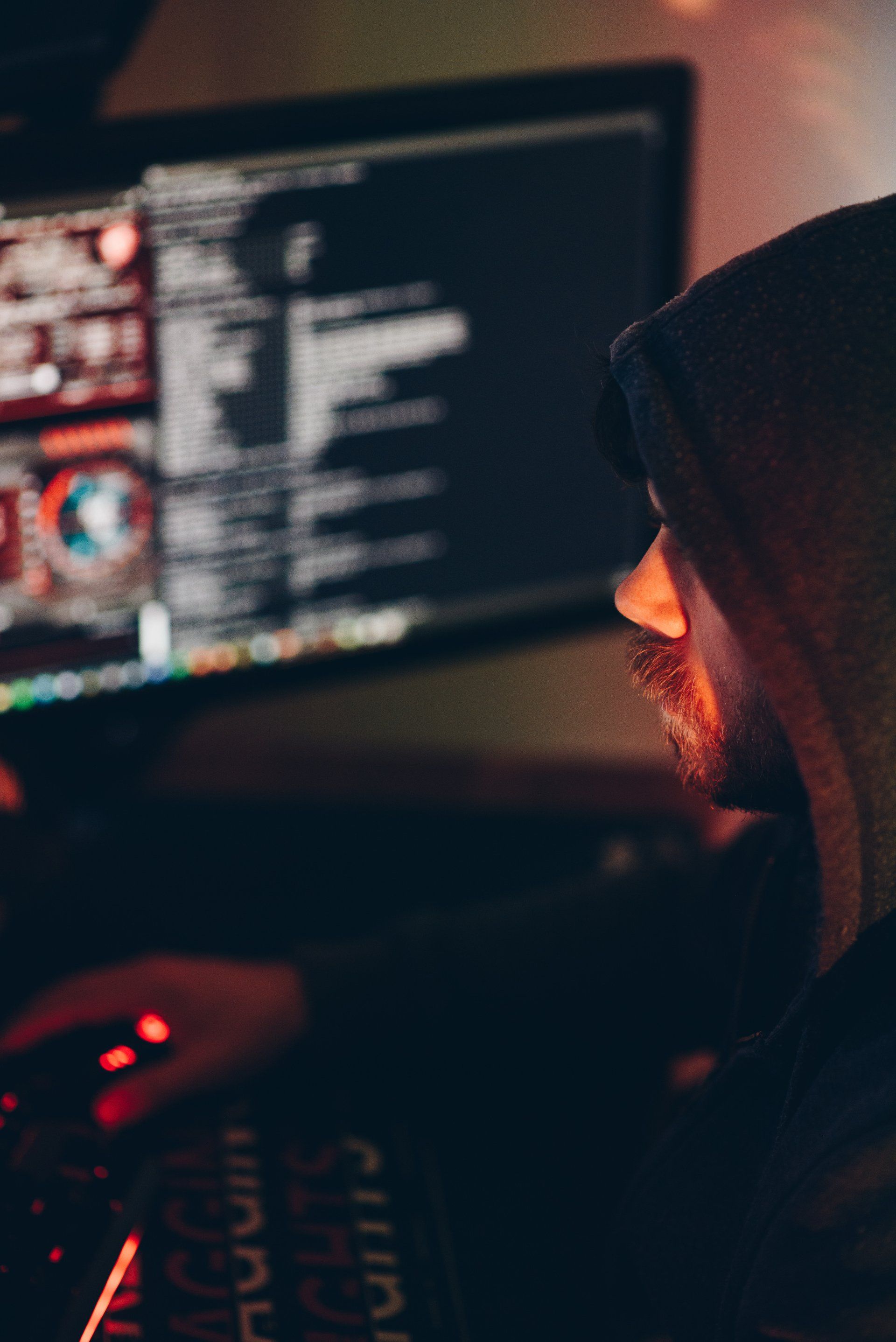is your password protection up to snuff?
Is Your Password Protection Up to Snuff? Technology Security Tips to Keep Your Accounts Safe

When it comes to keeping your accounts secure, you might think that having an unbreakable password is all you need. The security of your accounts relies on more than just your username and password; it depends on the technology that protects your information too. While it’s easy to assume that your email will be safe if you use an unusual combination of letters, numbers, and symbols, there are many other elements at play that can compromise your accounts before you even realize what’s happened.
Create a Hard-to-Crack Alphanumeric Password
Computers and technology continue to advance at a rapid pace, with computers starting from a lower hardware standard than ever before. In fact, powerful computers can be created using little more than an Arduino-based development board and open-source software. Therefore, it’s crucial to make sure your passwords are hard-to-crack alphanumeric strings that include upper-and lowercase letters, numbers, and symbols. Using services like LastPass will help simplify the process of creating such complex passwords. What Should I Use as My Password Manager: There are plenty of password managers out there—some good, some bad—but two good options to consider for managing your complex passwords would be 1Password or LastPass. 1Password allows you to store encrypted files on your computer and sync them across multiple devices so you have access anywhere you go. You can also create one master password for logging into all accounts protected by 1Password if you want. On top of everything else, it’s free up to 100 items in its vault. For example, 12345 isn't a very secure password because most people use just three digits when creating passwords. A better option would be something like 1q2w3e4r5t6y7u8i9o0p, which uses all nine digits along with mixed case and punctuation characters (although it's probably not something you'd remember). But what if you need to remember your password? A good solution is to come up with a phrase (something short) that includes important information about yourself (such as your birthday), convert it into an acronym or just keep adding letters until it reaches 15 characters. Then, simply add numbers and special characters until it hits 20+ characters.
Add Another Form of Authentication to Your Email
Another security measure to implement is adding an extra layer of authentication to your email. Two-factor authentication is a way of protecting your inbox from hackers by asking for an additional piece of information, whether it’s a pin number or text message, before you can login to your account.
Use Anti-Virus and Malware Software, Get Updates, and Run Regular Scans
Another way to protect your accounts is through cyber security software. While many of us don't like seeing pop-ups and deal with long, tedious updates, keeping up to date on anti-virus and malware technology is essential for protecting yourself from cyber-attacks. Anti-virus software can scan your system for viruses and malware, but if you have a larger network, consider using managed services that monitor, detect and contain harmful code before it reaches your devices. Regular scans are a must as well; although an anti-virus software can sweep for these threats every day or so, once every few weeks you should take time to run scans manually.
Use Firewalls on Home Computers and Mobile Devices
Home computers and mobile devices connect to wireless networks every day, which leaves them vulnerable to hacking. Firewalls help protect our online information and personal belongings by monitoring traffic in and out of your network and blocking access from unwanted sources.
Protect Public Wi-Fi Signals with Encryption
Public Wi-Fi signals are notoriously unsecure, leaving you open to all kinds of digital threats like malware or hackers. The first thing you can do is protect your account with a strong password and two-factor authentication. But if you’re accessing public Wi-Fi, it’s always a good idea to use a VPN app that offers encryption—this will scramble your data so that even if hackers intercept it, they won’t be able to understand what they have.
Consider Advanced Tools for Identity Theft Prevention
Although it may seem like a daunting task, adding advanced password security measures to your digital life is not only feasible but effective. Tools like VPNs, two-factor authentication and credit monitoring services can help you proactively identify and prevent attacks. Many businesses also provide Managed IT services which monitor systems for anything that looks out of place or has failed, which can also be an important measure against cyberthreats. If you use these tools effectively, then it’s likely that your business will experience fewer identity theft incidences.
Don’t Open Emails from Strangers!
If you have any doubts that an email from a stranger might be legitimate, don’t open it. Don’t open attachments from strangers either; if someone really wants to share something with you, they can just send you a link through your regular email client. Remember: When something seems like it’s too good to be true, it probably is.
Use two factor authentication
For extra security, sign up for two-factor authentication. This adds a level of protection by requiring you to use something you know (your password) and something you have on your person (like a one-time passcode that’s either texted or emailed to you). No two-factor authentication system is perfect—which is why it’s important that you don’t rely solely on these systems for safety—but they can help lock down your personal information.















